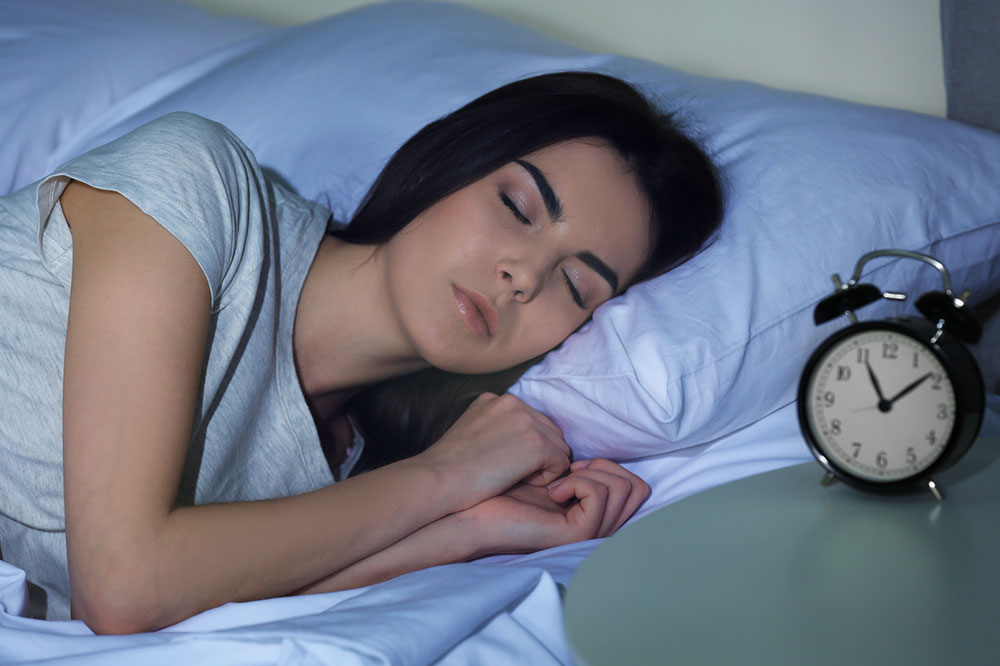
3 Common Types of Sleep Apnea and Accompanying Symptoms
Sleep apnea is a sleeping disorder in which the upper airway gets blocked during sleep, causing breathing problems. Millions of people suffer from this issue. Symptoms depend on the type of sleep apnea, and each can be treated differently.
Types of sleep apnea
- Central sleep apnea
A range of medical conditions can interfere with normal brain signals. As a result, when the breathing muscles do not get the brain’s right signals, it can lead to obstructions in breathing or irregular breathing patterns during sleep. Stroke and other brain-related infections could trigger this disorder. It can also be the result of some medications like behavior-altering drugs and some painkillers. This is often identified from symptoms like frequent mood shifts and trouble in focusing on day-to-day activities. Exhaustion is another common symptom in people suffering from central sleep apnea. Adaptive servo-ventilation, continuous positive airway pressure, and bilevel positive airway pressure methods are often chosen as treatments for people with central sleep apnea. These can help them sleep better. - Obstructive sleep apnea
Involuntary obstruction in breathing is called OSA. It occurs when the throat muscles fail to contract and relax in a normal manner. When there is excess relaxation of the throat muscles, it can lead to the tongue and other tissues reducing or stopping the airflow. Depending on the severity of the condition, there could be milder symptoms like snoring or more complex results like full obstruction of normal breathing. This is also one of the most common types of sleep apnea found in people of all age groups, including children. Elevated blood pressure, stroke, and even heart diseases can be triggered in severe obstructive sleep apnea. These symptoms can occur as the blockage of the airway cuts down the oxygen supply to the brain. People with this type of sleep apnea might also notice increased snoring while sleeping, along with intense headaches in the morning. There are tongue retaining mouthpieces and other at-home appliances prescribed for obstructive sleep apnea to sleep and breathe better. The treatments focus on preventing the throat muscles from relaxing. - Complex sleep apnea
A rare but more complicated form of this condition is complex or mixed sleep apnea. This involves the implications of both obstructive and central sleep apnea. It happens when treatments like positive airway pressure devices are used to treat patients who experience OSA.
These common types of sleep apnea can all easily be addressed when you understand the early symptoms. Evaluate the risk factors and incorporate preventive measures so that you can maintain the quality of your sleep.


